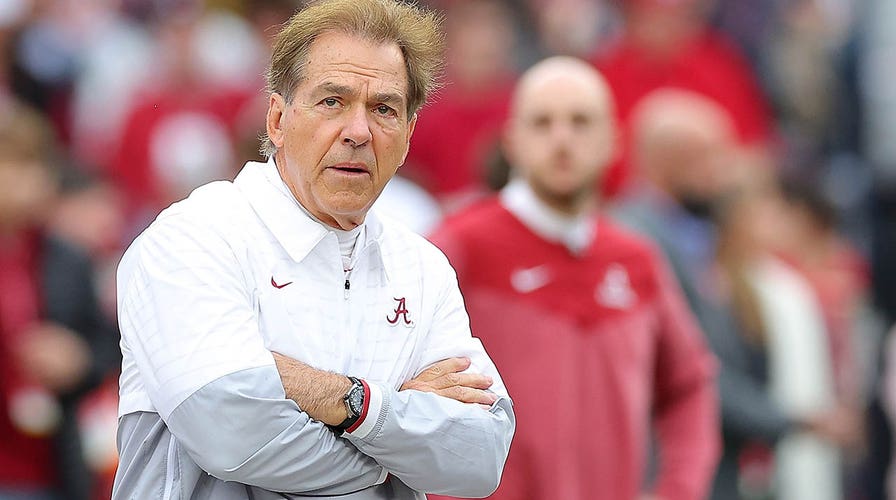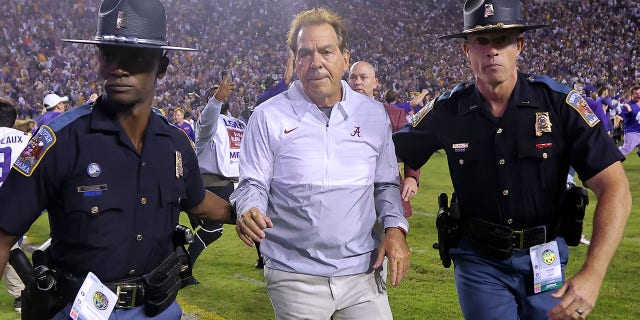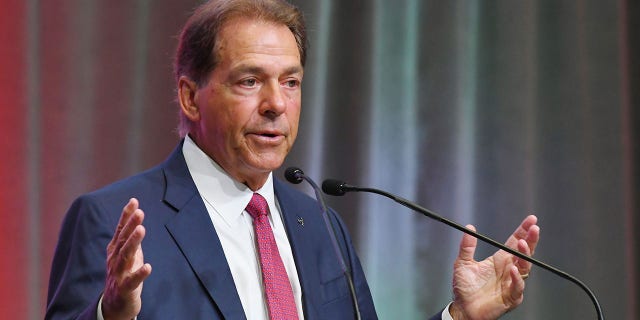Rashada case in Florida highlights issues in NIL, recruiting

Broken promises and unrealistic expectations have been part of college football recruiting for as long as coaches have been pitching their programs in living rooms across America.
Opportunities for playing time and a path to the NFL are being peddled, as always, but now potentially lucrative endorsement deals handled by booster-run collectives are also in the mix. There is even more potential for prospects to feel shortchanged after signing a national letter of intent.
When college football's traditional winter signing period opens Wednesday, among the unsigned blue-chippers will be Jaden Rashada. The four-star quarterback from California signed with Florida in December, but asked for and was granted his release after an endorsement agreement with a collective that was potentially worth more than $13 million fell through.
The ill-fated deal between Rashada and the Gator Collective — one that helped persuade him to back off a previous verbal commitment to Miami and a name, image and likeness offer from a collective that works with Hurricanes athletes —- should be a cautionary tale for recruiting in the NIL era.
"NIL and the presence of collectives and promises to prospects create a facet of the recruiting experience that is 100% outside of the school's control, and what's being magnified with the Rashada situation is the promises of independent third parties are impacting where kids decide to go to school," said Blake Lawrence, the CEO of Opendorse, a company that works with schools and collectives on NIL compliance and other services.
The NCAA lifted a ban on athletes cashing in on their fame in 2021. While the association still has rules in place that make it impermissible to use NIL as a recruiting inducement, patchwork state laws and the fear of legal challenges have prevented the NCAA from putting detailed, uniform regulations in place.
The rise of collectives, which operate outside a school and its athletic department but ideally in its best interest, prompted the NCAA to clarify that collectives —- like individual boosters — can't be involved in the recruiting process.
But the lines have been blurred as coaches try to present potential NIL opportunities to recruits without making guarantees.
" say things like this, 'I can't promise you anything. But what I can share is that a player that is in your position on our campus is currently receiving X-Y-Z,'" Lawrence said.
that support their athletes, though they can't directly raise funds. That easily allows recruits to identify the collectives most closely associated with the schools pursuing them.
Still, many who run collectives proceed cautiously when it comes to contact with recruits.
"They can reach out to us. Frankly, I avoid those conversations because it's such a fine line between sharing information and enticement," said Gary Marcinick, president and CEO of Cohesion Foundation, an NIL collective that works with Ohio State athletes.
Mike Caspino, an NIL attorney who has worked with numerous college athletes on deals with collectives — including Rashada's with Miami — sees it differently.
He said the difference in recruiting pitches that fall inside and outside the rules comes down to semantics. Ideally, schools would be directly involved with NIL deals instead of having an outside entity with little accountability representing its interests.
Caspino said the Rashada/Florida situation is indicative of systemic problems with NIL and recruiting.
"Such as a lack of adequate representation on both sides, such as a lack of documentation, such as we need to treat these as the business deals that they are," Caspino said. "And in any business deal, we're going to have a contract that sets forth everybody's obligations, and the benefits everybody receives from the contract. And we don't do that."
Lawrence also said the reality behind the rhetoric is that most collectives are not funded well enough to meet the demand for NIL deals.
Todd Berry, the executive director of the American Football Coaches Association, said coaches worry about collectives dictating what players they can recruit.
"They have no control over some of the processes that are kind of going on, and who you're getting. And so you're not even getting the (players) that you want," Berry said.
Berry said most coaches would prefer collectives work with established players already on campus.
"So, now you've got this outside entity that is basically putting value on players and you don't really even have control over the value of what's going on," he said.
Mit Winter, a sports attorney based in Kansas City, said the fallout from the Rashada's de-commitment should make schools closely examine the collectives they support.
"I think the moral of the story is collectives, you need to focus on your deals with current athletes and helping them with their NIL opportunities," Winter said. "And you leave the recruiting to the coaches."
___
Follow Ralph D. Russo at https://twitter.com/ralphDrussoAP and listen at http://www.appodcasts.com
___
AP college football: https://apnews.com/hub/college-football and https://twitter.com/ap_top25





